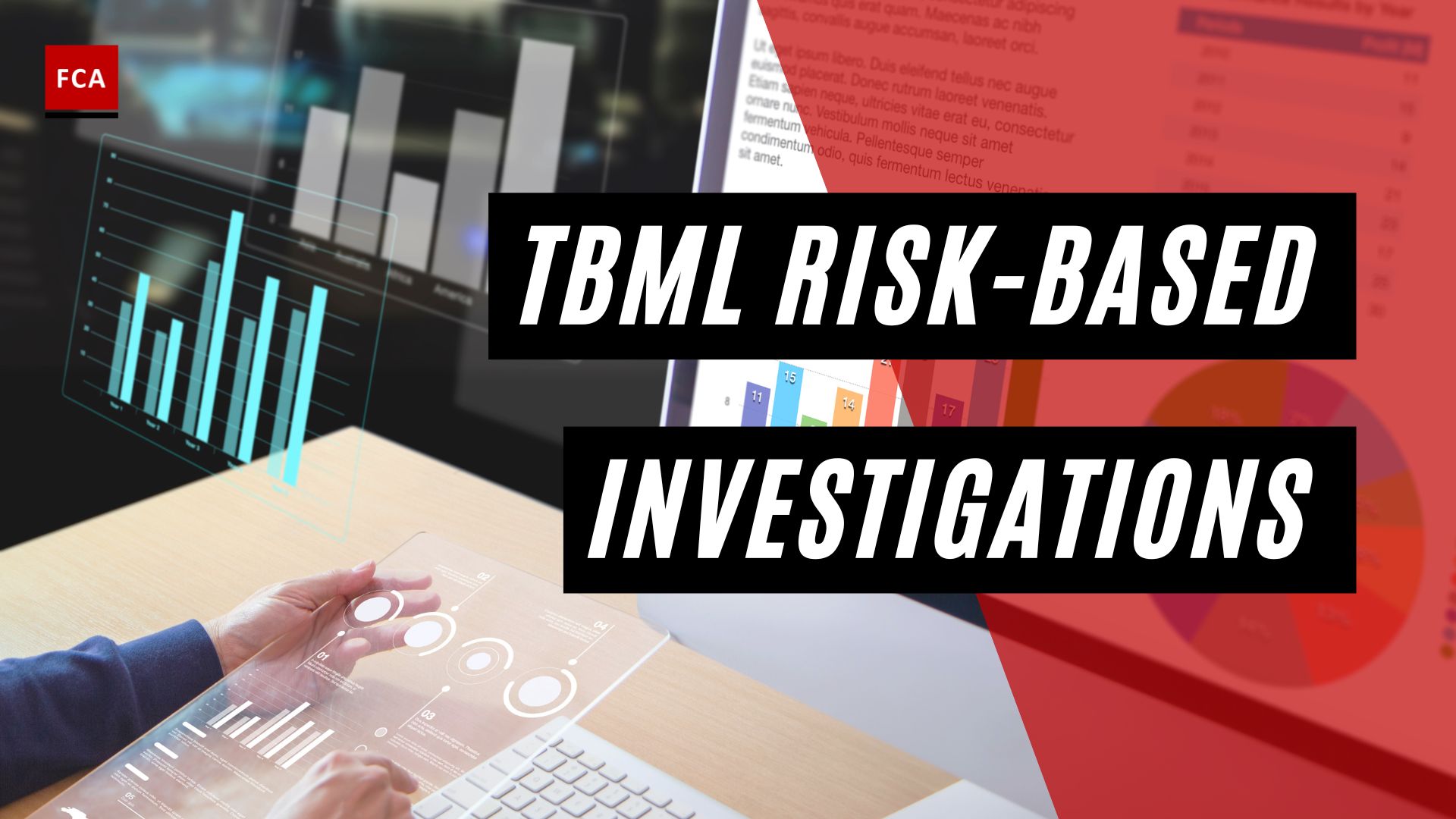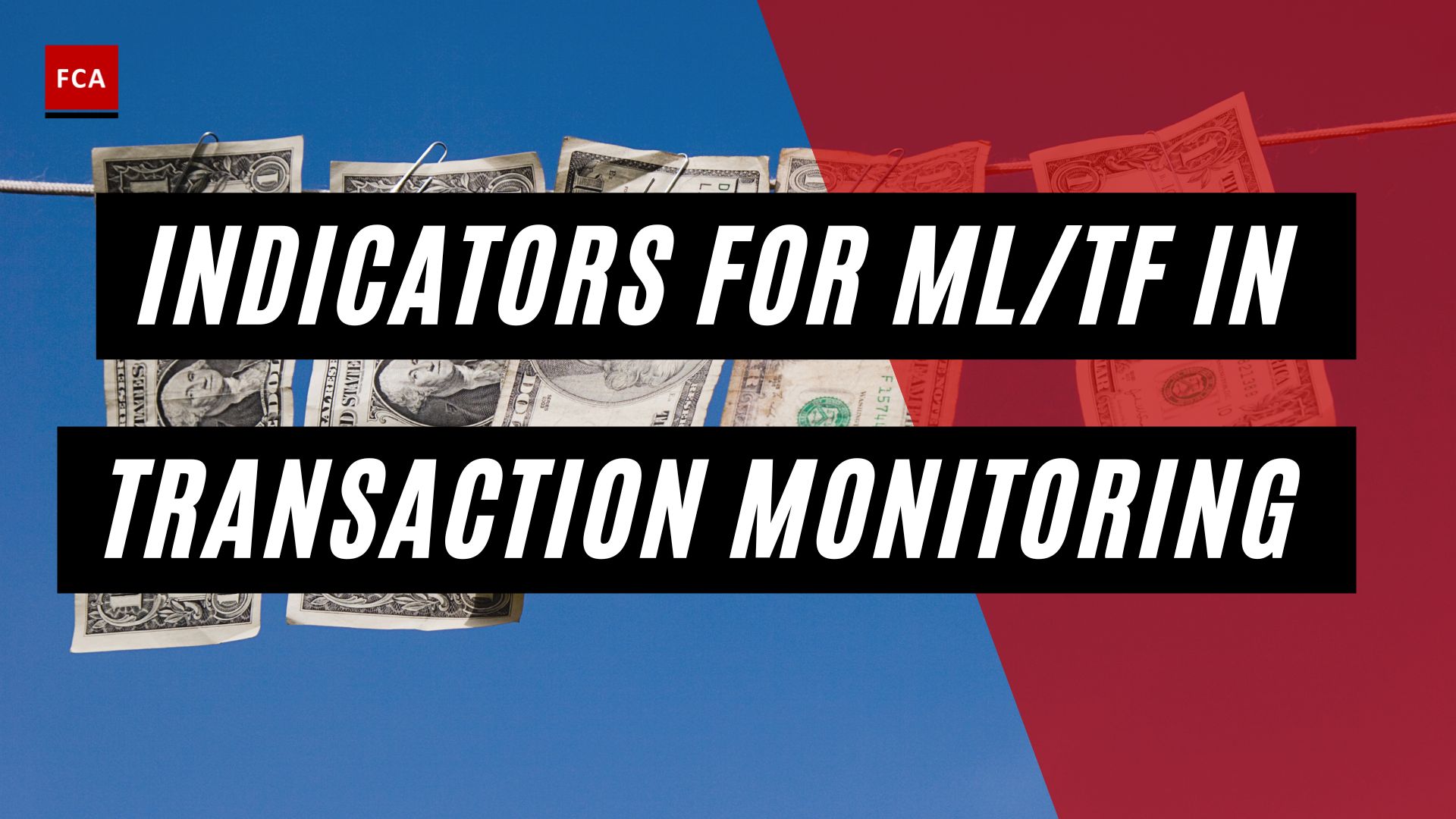The Role of Cryptocurrency in AML Efforts
As the world increasingly adopts digital currencies, it becomes imperative to address the potential risks associated with money laundering and illicit activities. Anti-Money Laundering (AML) efforts play a crucial role in combating financial crimes, and the rise of cryptocurrency brings both challenges and opportunities in this realm. This section will explore the significance of cryptocurrency in AML efforts, along with its impact on the regulatory landscape.
Understanding Anti-Money Laundering (AML)
Anti-Money Laundering (AML) refers to a set of regulations, policies, and procedures designed to detect and prevent the illegal generation of funds through illicit activities. Money laundering involves disguising the origins of illegally obtained money and integrating it into the legitimate financial system. AML measures aim to safeguard the integrity of the financial system and protect it from being exploited for criminal purposes.
In the traditional financial sector, AML efforts have been established and refined over the years. Financial institutions are required to implement robust compliance programs, conduct customer due diligence, and report suspicious activities to relevant authorities. However, the advent of cryptocurrency has brought forth new challenges and complexities in the fight against money laundering.
The Rise of Cryptocurrency and Its Impact on AML
Cryptocurrency, such as Bitcoin and Ethereum, has gained significant traction in recent years. These digital currencies operate on decentralized networks, utilizing cryptographic technology to secure transactions and control the creation of new units. While cryptocurrency offers various advantages such as fast and borderless transactions, the pseudonymous nature of these transactions poses unique challenges for AML efforts.
The decentralized nature of cryptocurrency allows for a certain level of anonymity, making it potentially attractive for money laundering activities. Transactions conducted using cryptocurrency can be pseudonymous, meaning that the real-world identities of the parties involved are not readily apparent. This anonymity complicates the process of identifying and tracing the flow of funds, which is a key component of traditional AML efforts.
To address these challenges, regulatory bodies around the world have been working to establish guidelines and regulations specific to cryptocurrency. These regulations aim to bring cryptocurrency transactions within the purview of AML laws, requiring exchanges, custodial services, and other cryptocurrency businesses to implement AML compliance measures. By doing so, authorities can mitigate the risks associated with money laundering and illicit activities in the cryptocurrency ecosystem.
In response to the evolving regulatory landscape, innovative solutions have emerged, including cryptocurrency AML software. These software tools are designed to enhance AML efforts by providing transaction monitoring and pattern recognition capabilities, blockchain analysis and monitoring tools, as well as risk assessment and due diligence solutions. By leveraging these technologies, businesses can better detect and prevent suspicious activities, improve compliance and reporting capabilities, and streamline investigations and case management.
As the world of cryptocurrency continues to evolve, AML efforts must adapt to the unique challenges presented by this digital frontier. By understanding the role of cryptocurrency in AML efforts and embracing innovative solutions, regulatory bodies and businesses can work together to create a safer and more secure financial environment.
Challenges in AML Compliance for Cryptocurrency
As the use of cryptocurrency continues to grow, anti-money laundering (AML) compliance faces unique challenges in the crypto space. These challenges stem from the characteristics of cryptocurrencies themselves. In this section, we will explore three key challenges in AML compliance for cryptocurrency: anonymity and pseudonymity, rapid transaction speeds, and the global nature of cross-border transactions.
Anonymity and Pseudonymity
One of the primary challenges in AML compliance for cryptocurrency is the inherent anonymity and pseudonymity associated with transactions. While traditional financial systems require individuals to disclose their identities when conducting transactions, cryptocurrencies offer a level of privacy that can make it difficult to trace the flow of funds.
Cryptocurrency transactions are typically recorded on a public ledger called the blockchain. However, the use of cryptographic keys instead of personal identifiers makes it challenging to link these transactions to specific individuals. This anonymity and pseudonymity can be exploited by money launderers and other illicit actors who seek to hide the origins and destinations of funds.
To address this challenge, AML compliance efforts in the cryptocurrency space focus on implementing robust Know Your Customer (KYC) procedures. These procedures involve verifying the identities of individuals involved in cryptocurrency transactions and monitoring their activities for suspicious behavior. Additionally, specialized cryptocurrency AML software can help identify patterns and detect potential money laundering activities.
Rapid Transaction Speeds
Cryptocurrencies are known for their rapid transaction speeds, allowing funds to be transferred quickly across the globe. While this feature provides convenience and efficiency, it also poses challenges for AML compliance. The speed at which transactions occur can make it difficult to detect and prevent illicit activities in real-time.
Traditional AML systems used in the banking sector may not be equipped to handle the high volume and speed of cryptocurrency transactions. This presents a need for specialized tools and technologies that can monitor and analyze transactions in real-time to identify suspicious patterns or anomalies. Cryptocurrency transaction monitoring solutions play a crucial role in tracking and assessing transactions at the speed of cryptocurrencies, helping to mitigate the risks associated with rapid transaction speeds.
Global Nature and Cross-Border Transactions
Cryptocurrencies operate on a global scale, allowing for seamless transactions across borders without the need for intermediaries. While this feature has revolutionized the financial landscape, it also introduces challenges for AML compliance.
The decentralized nature of cryptocurrencies means that transactions can occur between parties located in different jurisdictions, each with its own AML regulations and requirements. This can create complexities in ensuring compliance with international AML standards.
To address this challenge, AML compliance for cryptocurrency must take into account the regulatory frameworks of different jurisdictions and implement cryptocurrency AML policies that align with these regulations. Additionally, ongoing monitoring and screening of cross-border transactions using advanced cryptocurrency AML screening tools can help identify and prevent potential money laundering activities.
By recognizing and addressing these challenges, the crypto industry can enhance its AML efforts and promote the integrity and security of cryptocurrency transactions. The use of specialized cryptocurrency AML software and adherence to international AML guidelines and best practices are key in combating money laundering and other illicit activities in the crypto space.
Enhancing AML Efforts with Cryptocurrency Software
To effectively combat money laundering in the realm of cryptocurrency, leveraging specialized software is crucial. Cryptocurrency AML software offers a range of features and tools designed to enhance anti-money laundering efforts. In this section, we will explore three key components of cryptocurrency software that contribute to stronger AML practices: transaction monitoring and pattern recognition, blockchain analysis and monitoring tools, and risk assessment and due diligence solutions.
Transaction Monitoring and Pattern Recognition
Cryptocurrency AML software utilizes advanced transaction monitoring capabilities to identify and flag potentially suspicious activities. These software solutions analyze transaction patterns, volumes, and other relevant data to detect unusual or suspicious behavior. By setting predefined rules and thresholds, the software can generate alerts when transactions deviate from the expected patterns, enabling compliance professionals to investigate potential risks more efficiently.
Furthermore, pattern recognition algorithms within the software can identify complex transaction patterns that may indicate money laundering or other illicit activities. These algorithms analyze transaction flows, source of funds, and recipient behaviors to identify potentially fraudulent or suspicious transactions. The software can identify patterns such as structuring, layering, and smurfing, which may be indicative of money laundering attempts. By automating this process, compliance professionals can focus their efforts on investigating and mitigating potential risks.
Blockchain Analysis and Monitoring Tools
Cryptocurrency AML software often includes blockchain analysis and monitoring tools that allow for deep scrutiny of transactions occurring on the blockchain. These tools leverage sophisticated algorithms and data analysis techniques to trace and track the flow of funds across the blockchain network. By examining the blockchain’s public ledger, compliance professionals can gain insights into the origin and destination of funds, enabling them to identify suspicious transactions more effectively.
Furthermore, these tools can assess the reputation and risk associated with specific addresses or entities. They can flag addresses linked to illicit activities, known darknet marketplaces, or sanctioned entities, providing valuable information for risk assessment and due diligence processes. By integrating blockchain analysis and monitoring tools into their AML efforts, compliance professionals can gain a comprehensive understanding of the transactions occurring within the cryptocurrency ecosystem.
Risk Assessment and Due Diligence Solutions
Cryptocurrency AML software also offers risk assessment and due diligence solutions to enhance compliance practices. These solutions provide comprehensive risk scoring mechanisms that evaluate the level of risk associated with specific transactions, addresses, or entities. By assigning risk scores based on factors such as transaction volume, location, and known associations with illicit activities, compliance professionals can prioritize their investigative efforts and allocate resources more effectively.
Additionally, due diligence solutions within the software enable compliance professionals to conduct thorough investigations into the backgrounds of individuals or entities involved in cryptocurrency transactions. These solutions provide access to various data sources, including sanction lists, watchlists, and publicly available information, allowing for comprehensive risk assessment and compliance checks.
By leveraging transaction monitoring and pattern recognition, blockchain analysis and monitoring tools, and risk assessment and due diligence solutions, cryptocurrency AML software empowers compliance professionals to strengthen their AML efforts in the cryptocurrency space. These tools enhance the detection of suspicious activities, improve compliance and reporting capabilities, and streamline investigations and case management. However, it’s important to consider factors such as integration with existing systems, training requirements, and regulatory compliance when implementing cryptocurrency AML software.
Benefits of Cryptocurrency AML Software
Implementing cryptocurrency AML software can bring substantial benefits to organizations seeking to enhance their anti-money laundering efforts. These software solutions leverage advanced technologies and algorithms to improve detection capabilities, enhance compliance and reporting capabilities, and streamline investigations and case management.
Improved Detection of Suspicious Activities
Cryptocurrency AML software utilizes sophisticated transaction monitoring and pattern recognition algorithms to identify potentially illicit activities. By analyzing transactional data in real-time, these software solutions can detect suspicious patterns, anomalies, and potential money laundering activities more effectively than manual processes alone.
Through the use of machine learning and artificial intelligence, cryptocurrency AML software can continuously learn and adapt to new and evolving money laundering techniques, improving detection rates over time. By flagging suspicious transactions promptly, organizations can take necessary actions to mitigate risks and comply with regulatory requirements.
Enhanced Compliance and Reporting Capabilities
Compliance with anti-money laundering regulations is a critical aspect of any organization operating in the cryptocurrency space. Cryptocurrency AML software helps streamline compliance efforts by automating various compliance tasks, reducing the risk of human error, and ensuring adherence to regulatory guidelines.
These software solutions often come equipped with features such as Know Your Customer (KYC) verification, which helps organizations verify the identities of individuals involved in cryptocurrency transactions. Additionally, they provide robust reporting capabilities, generating detailed reports that can be easily shared with regulatory authorities and auditors.
Streamlined Investigations and Case Management
When suspicious activities are detected, efficient investigation and case management processes are crucial for a swift and effective response. Cryptocurrency AML software offers tools and functionalities that aid in streamlining these processes, enabling organizations to conduct investigations more efficiently.
These software solutions provide centralized platforms where investigators can analyze transactional data, uncover relationships between entities, and track the flow of funds. They often include features such as case management dashboards, data visualization tools, and reporting functionalities, facilitating collaboration among investigators and improving overall efficiency in managing AML cases.
By harnessing the power of cryptocurrency AML software, organizations can enhance their capabilities in detecting suspicious activities, ensure compliance with regulatory requirements, and streamline investigations and case management processes. However, it’s important to consider various factors, such as integration with existing systems, training requirements, and regulatory compliance, before implementing such software. For guidance on implementing effective AML policies and best practices specific to cryptocurrencies, refer to our articles on crypto AML best practices and AML regulations for cryptocurrency.
Considerations for Implementing Cryptocurrency AML Software
Implementing cryptocurrency AML software requires careful planning and consideration to ensure optimal integration and effectiveness. Here are some key factors to keep in mind when implementing such software:
Integration with Existing Systems
Before implementing cryptocurrency AML software, it is essential to assess its compatibility and integration capabilities with your existing systems. Seamless integration ensures smooth data flow and avoids disruptions to your current AML processes. Evaluate the software’s compatibility with your transaction monitoring systems, customer databases, and reporting platforms. This enables efficient data sharing and enhances the overall effectiveness of your AML efforts.
Training and Expertise Requirements
Implementing cryptocurrency AML software necessitates adequate training and expertise within your compliance team. It is crucial to ensure that your team members possess the necessary knowledge and skills to effectively utilize the software. Training programs specific to cryptocurrency AML should be provided to enhance their understanding of the unique challenges and risks associated with cryptocurrencies. Regular updates and continuous education are essential to keep pace with the evolving nature of cryptocurrency transactions and associated money laundering techniques. Consider our article on cryptocurrency AML training for additional guidance.
Regulatory Compliance and Standards
Cryptocurrencies operate in a dynamic regulatory landscape. When implementing AML software for cryptocurrencies, it is critical to adhere to relevant regulatory requirements and standards. Familiarize yourself with the specific AML regulations for cryptocurrencies in your jurisdiction. Ensure that the software you choose aligns with these regulations and supports compliance with international AML guidelines. Regularly review and update your AML policies and procedures to reflect changes in regulations and industry best practices. Stay informed about emerging AML regulations for cryptocurrency to maintain compliance.
By carefully considering these aspects, you can effectively implement cryptocurrency AML software into your existing AML framework. Integration with existing systems, appropriate training, and adherence to regulatory compliance are paramount for successful implementation and optimal utilization of cryptocurrency AML software. Remember to consult experts in the field and stay up-to-date with crypto AML best practices to ensure the highest level of effectiveness in combating money laundering and illicit activities in the cryptocurrency space.








